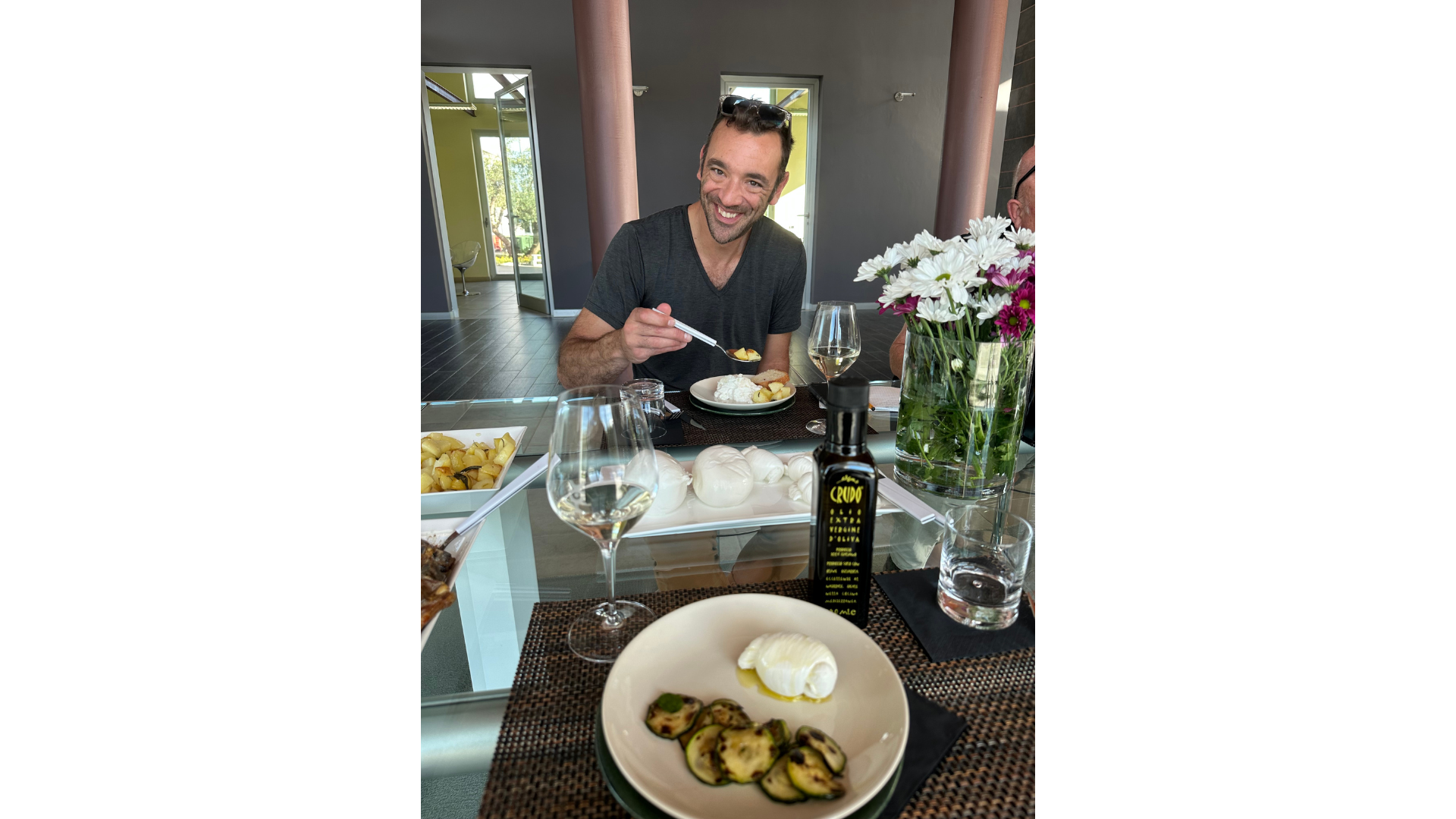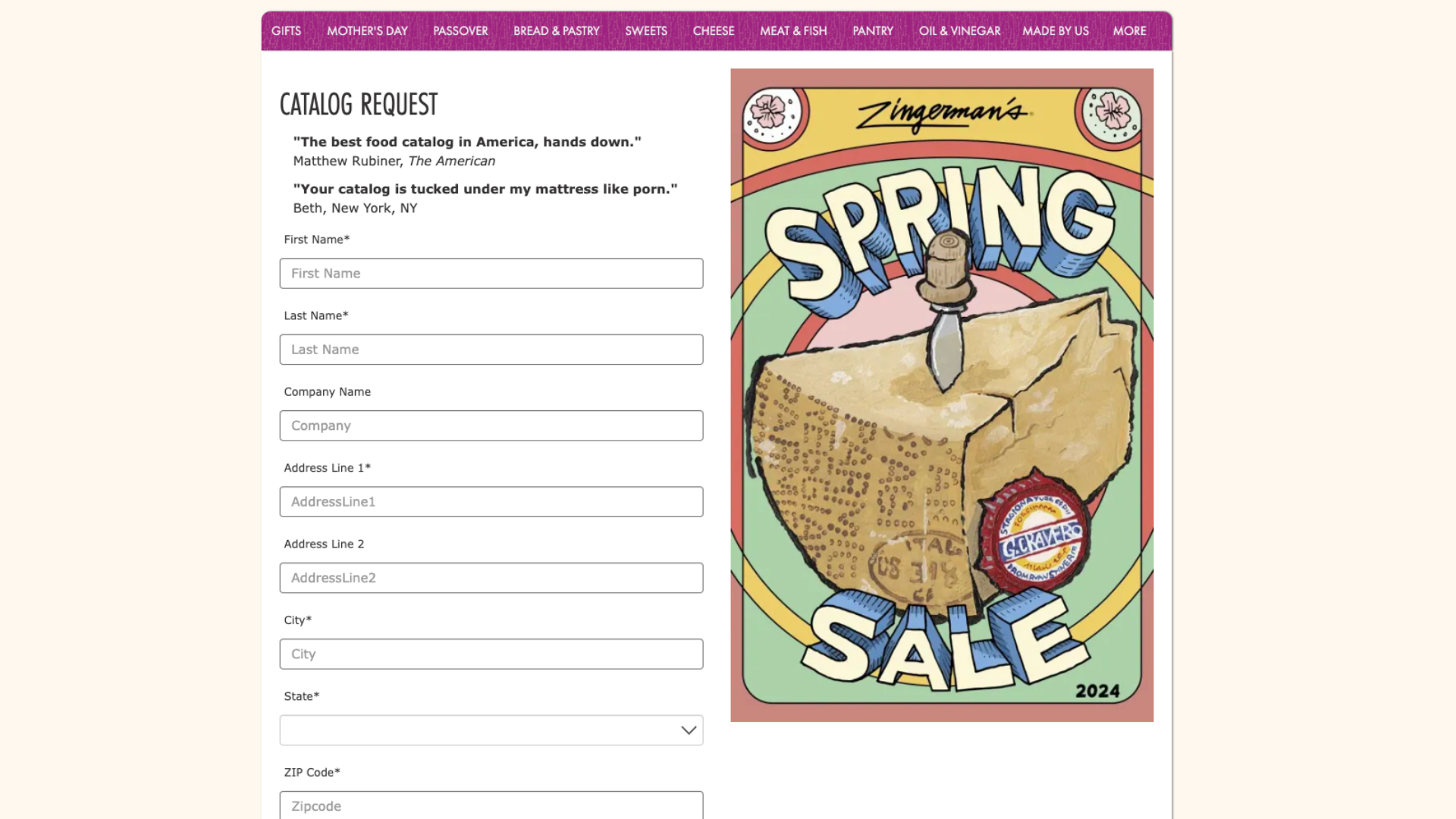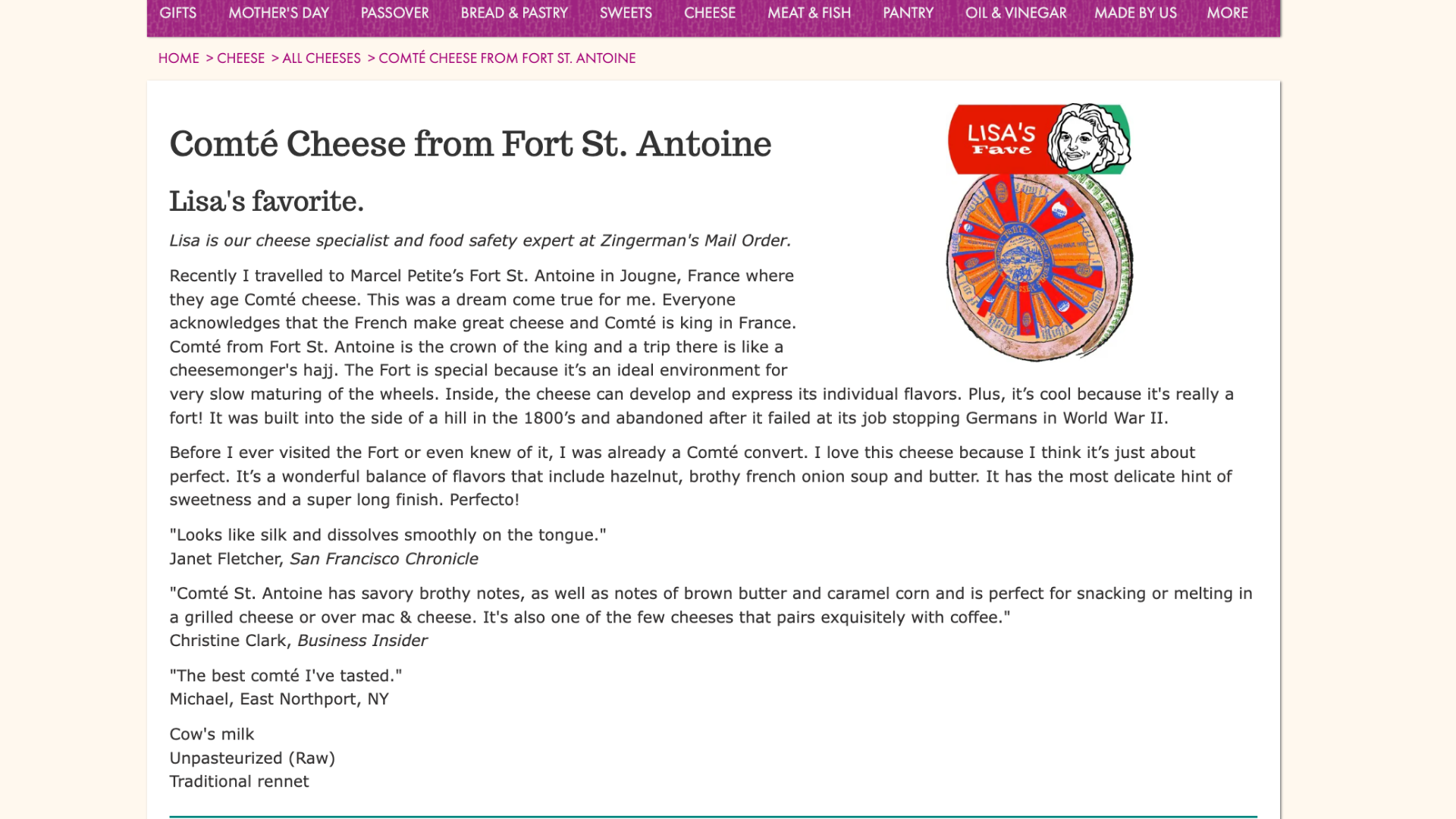Explore the Blog
Editorial Newsletters: Does Your Brand Actually Need One?
Popular reads
The Problem With Using AI For Content Writing in 2025
Recent Searches
Content Marketing, Copywriting, Email Marketing, Expert Interviews, Website Copywriting, eCommerce Marketing, B2B Marketing
Get the inside scoop on digital marketing for food and beauty brands
5 questions with Brad Hedeman

Brad Hedeman heads up marketing at Zingerman’s Mail Order, where he’s been writing about good food and the people who make it since the late ‘90s.
His take on brand marketing, catalogs, and ecommerce stands out because it stands in stark contrast to the uniformity and worship of efficiency and measurable data that we see with so many online retailers now.
Without further ado, here’s his interview:
1. What’s the role of print catalogs in an ecommerce world?
For us, they’re incredibly important! They frame our focus at different times of year and—during the holiday season—they are our main prospecting tool. Customers like to take their time with our catalogs, peruse the pages and read the descriptions before making their choices and usually placing their orders online. But we still receive “mailed in” orders with our order form and checks and everything!
2. How do you quantify the ROI of creativity and quality in an era obsessed with metrics?
We track feedback we receive from customers willing to weigh in about our catalogs/website/illustrations, which is helpful but doesn’t exactly equate to $$. I think any company that considers their “creativity” to be a part of their brand identity isn’t concerned with tying it to specific dollars, though, it’s simply who they are. For example, when we were starting out we couldn’t afford photography, but we had illustrators on staff so we used their skills instead. Twenty-five years later that looks like a smart move because in a world of food photography we stand out with our colorful illustrations. Changing that would be like re-formulating Coke!
3. A lot of people want to optimize their sites for SEO and shorten the path to purchase, which cuts a lot of storytelling copy online. What’s your response to that?
That feels like selling yourself short and not trusting your gut. There are good reasons we decide to make a coffee cake or import an olive oil and it’s our job to convey that specialness. We try to do it quickly—I’ll grant you that—but not at the expense of the important information. My guess is “gaming SEO” will be harder and harder to do as AI becomes better at figuring out what people want. I believe AI will have the time to read the “longer storytelling copy” and decide if it’s applicable to the moment. The more information we can provide (as humans do less and less of the work) the better. But if someone feels it’s working for them and they can convey what they want to convey in an economical way, that’s great.
4. Zingerman’s has traditionally had really creative artwork and personal copy, but there’s pressure on businesses to use AI for as much design and content work as possible. What’s your thought on incorporating AI vs. keeping everything human-created?
I understand why AI is exciting and new and feels like a solution to everything, but eventually best practices will emerge and even folks that consider AI an affront will find ways to use the tools that make sense for them. I think there will be lots of opportunities to highlight the “human-created work” and compare it (favorably) to the AI work. Just like with illustrations vs food photography, you can set yourself apart by showing your human-side and that there’s really people behind it.
5. What’s your favorite current project?
Great question! As part of the “human-side” of the work we do, I’m going to be hitting the road to meet with some of the producers we work with and know (and that I can drive to in a day or so)! These folks have become more than vendors over the years, they’ve become friends and I’m keen to show that side of our work. I often think of my job as connecting customers to the people making the food. I believe it’s the relationships we’ve built over the years that set us apart. If everything gets more “digital and artificial” as we barrel towards the future, it’ll be the people and friendships built that truly count in the end.

Brad visiting an olive oil producer in Italy… all in a day’s work!
Top 2025 Content Marketing Trends
This year, I’m seeing three big trends come to the forefront of content marketing.
a must-read
Follow along on instagram
Not Ready to Work Together Quite Yet?
Stay in touch with the Your Brand Editor newsletter 📬
Anna Bradshaw is a copywriter and content strategist based outside Raleigh, North Carolina. She focuses on creating brand marketing campaigns, evergreen SEO content plans, and website copy that converts.

